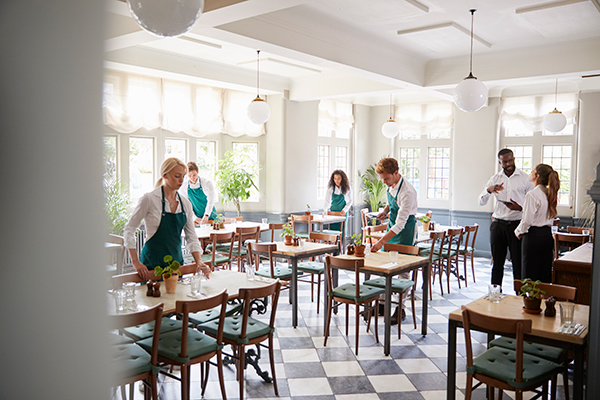Exposing the Risks of Raw Milk
When I began my career in the food safety area several years ago, I never dreamed I’d be discussing why people should not drink raw milk. But recently I ran across a news story about the increased incidence of raw milk outbreaks in the US. The allure of raw milk has spread through social media and captured the attention of health enthusiasts, who are quick to tout that pasteurization reduces the health benefits of milk and claim that raw milk has superior taste.
For those of you in foodservice, you may be thinking this doesn’t apply to you because in almost all states you cannot legally sell or serve raw milk in a foodservice operation. However, this doesn’t stop your customers from making the request or parents in your school from requesting you to serve raw milk. Thus, I thought this blog might give you some details of why raw milk is not a great idea and help to dispel some of the myths surrounding it.
From 1998 through 2018, 202 outbreaks occurred due to the consumption of raw milk. These resulted in 2,645 illnesses and 228 hospitalizations. Areas where raw milk was legal to sell in retail stores had an outbreak incidence 3.6 times higher than where it was only allowed on the farm.
Bacteria such as Campylobacter, E. coli, Salmonella, Staph aureus, and Listeria monocytogenes can easily thrive in raw milk, posing a significant risk to anyone who consumes it.
While I won’t be able to discuss the sensory and quality characteristics of raw milk, simply because I have no data to provide regarding it, and frankly, I am not going to be the one who samples it. But what we do know and what research and outbreaks have proven is that raw milk can harbor harmful bacteria. Unlike pasteurized milk, raw milk remains untreated, leaving it vulnerable to contamination. Bacteria such as Campylobacter, E. coli, Salmonella, Staph aureus, and Listeria monocytogenes can easily thrive in raw milk, posing a significant risk to anyone who consumes it.
Even when using raw milk in food preparation, the likelihood of a foodborne illness outbreak increases. When you start with a product that has a high chance of contamination, even a small oversight in handling or storage can lead to proliferation. Not only does this jeopardize the health and safety of your customers and employees, but it also tarnishes the reputation of the establishment and can have several legal ramifications. If your establishment serves vulnerable populations, such as pregnant women, young children, the elderly, or those with compromised immune systems, you are putting your establishment at an even higher risk.
Over the years, various research studies have been conducted, exploring the many myths that raw milk proponents discuss. Most of these myths discuss the negative impact that pasteurization has on milk. For example, unlike claims of those who tout raw milk, research has found that vitamins, minerals, protein, and fat losses are only minimal during the pasteurization process. Further, raw milk was not found to be any different than pasteurized milk for those who experience lactose intolerance and raw milk has only slightly less lactoperoxidase, while other antimicrobials remain unchanged after pasteurization.
Fortunately, there are safer alternatives readily available. Pasteurized milk undergoes a simple yet effective process that eliminates bacteria while preserving the nutritional integrity and flavor. By opting for pasteurized milk, you mitigate the risk of foodborne illness outbreaks and demonstrate your commitment to prioritizing the health and safety of your customers. The drawbacks of raw milk far outweigh any perceived benefits. Risk Nothing.










